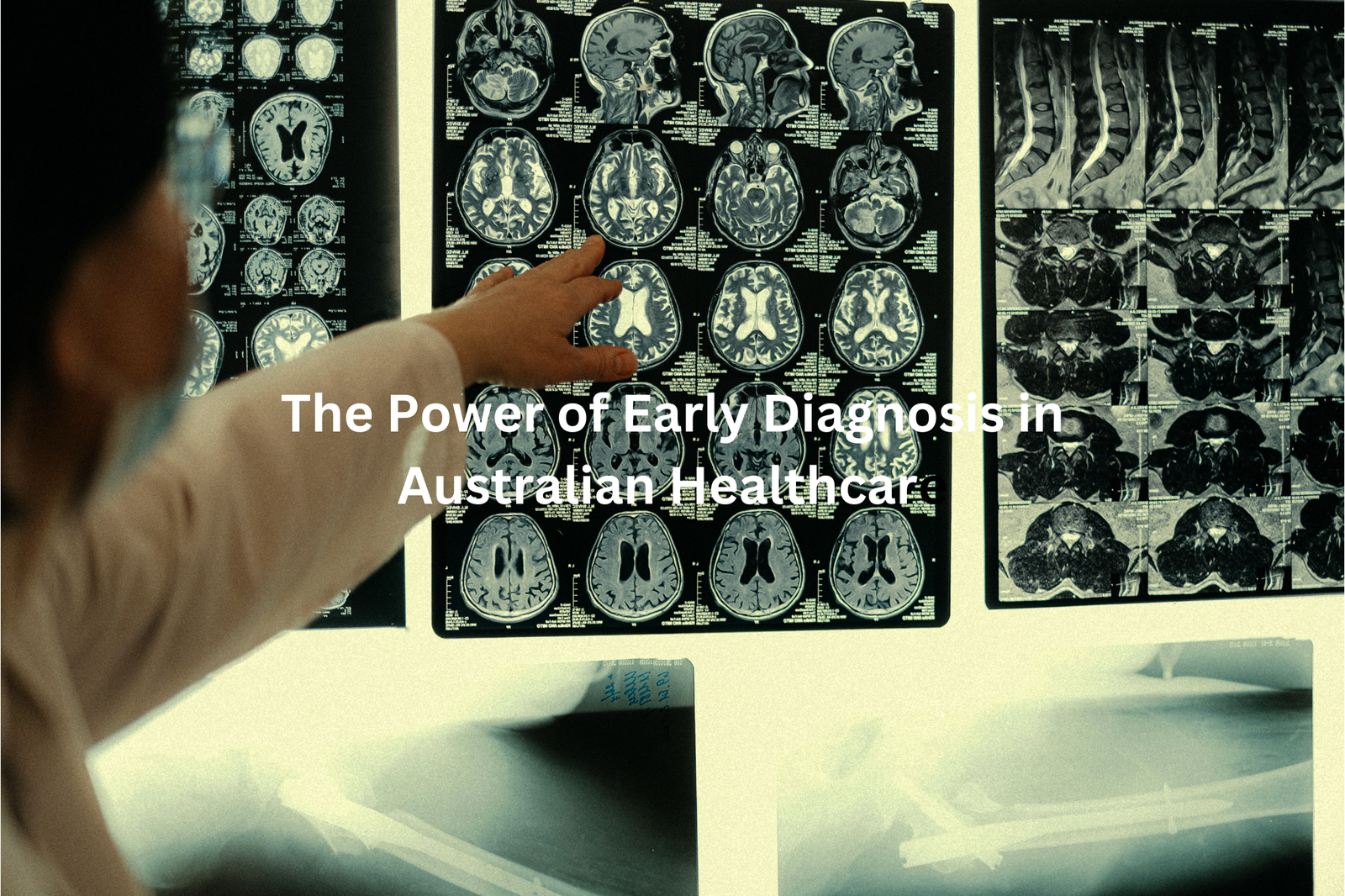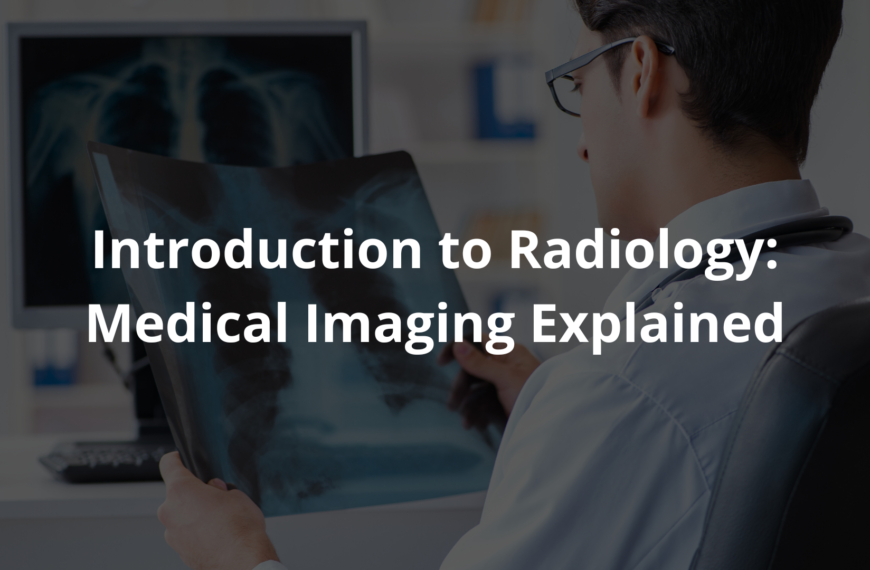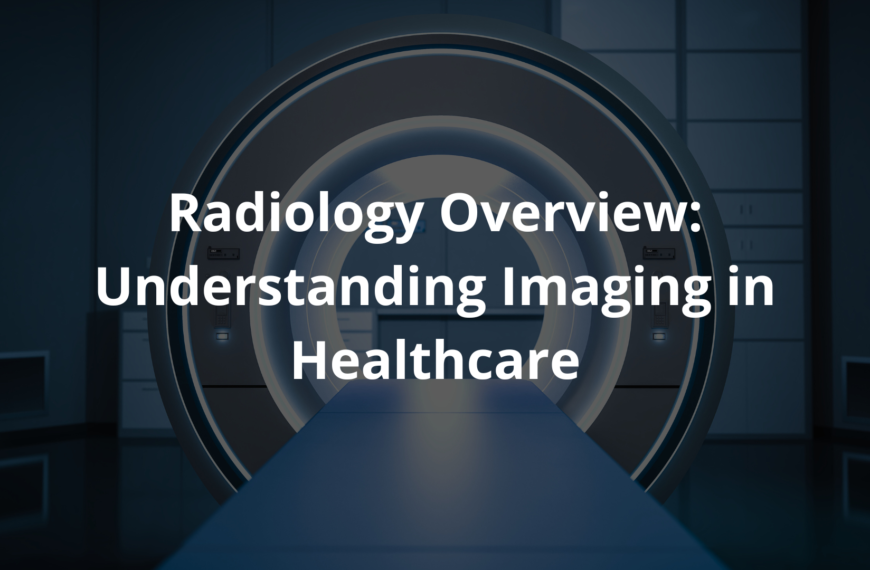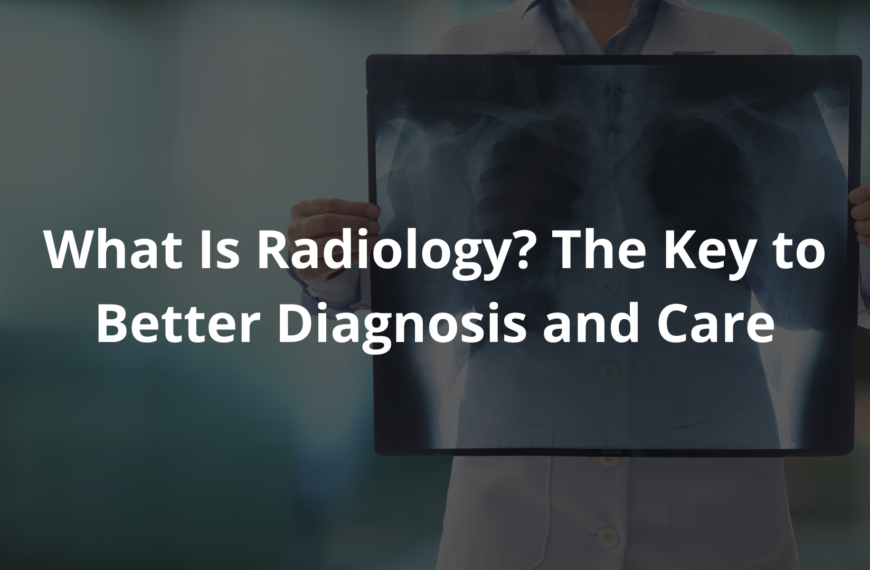Early diagnostic techniques in Australia save lives by catching diseases like cancer before they worsen. Learn how these breakthroughs work!
Early diagnostic techniques are really important for spotting diseases like cancer. When doctors find problems early, they can help patients get better faster. This means not just feeling sick but knowing what’s going on inside us. Tests such as blood tests, imaging scans, and biopsies give doctors clues about our health.
For instance, a simple blood test can reveal issues before they grow worse. It’s like having a map to guide toward better health. So, if you want to learn more about how these tests work and what they mean, keep reading!
Key Takeaway
- Early diagnostic techniques help find diseases like cancer early.
- Tests like CT scans and blood tests are used for different types of cancer.
- Catching diseases early can lead to better treatment outcomes.
What Are Early Diagnostic Techniques?
Spotting health problems early can make a big difference. Early diagnostic techniques are like detective tools for doctors, helping them find issues before they grow into bigger problems(1).
In Australia, radiologists (they’re the ones who interpret medical images like X-rays and MRIs) use advanced digital systems. These systems allow doctors to share scans quickly, so they can collaborate and make decisions faster. It’s teamwork, but with computers. Pretty cool, right?
Safety is a big priority too. Radiologists wear specialised gear to protect themselves and patients from radiation while capturing images. They’re careful, and they don’t stop learning either. Many attend workshops and courses to stay up to date with the latest methods.
There’s also AI software now that can identify tricky details in scans—things even the best-trained eyes might miss. It’s like having a super-smart assistant.
The goal? Catch health problems early. That way, doctors can treat them sooner, giving patients a better chance of staying healthy.
The Importance of Screening Tests
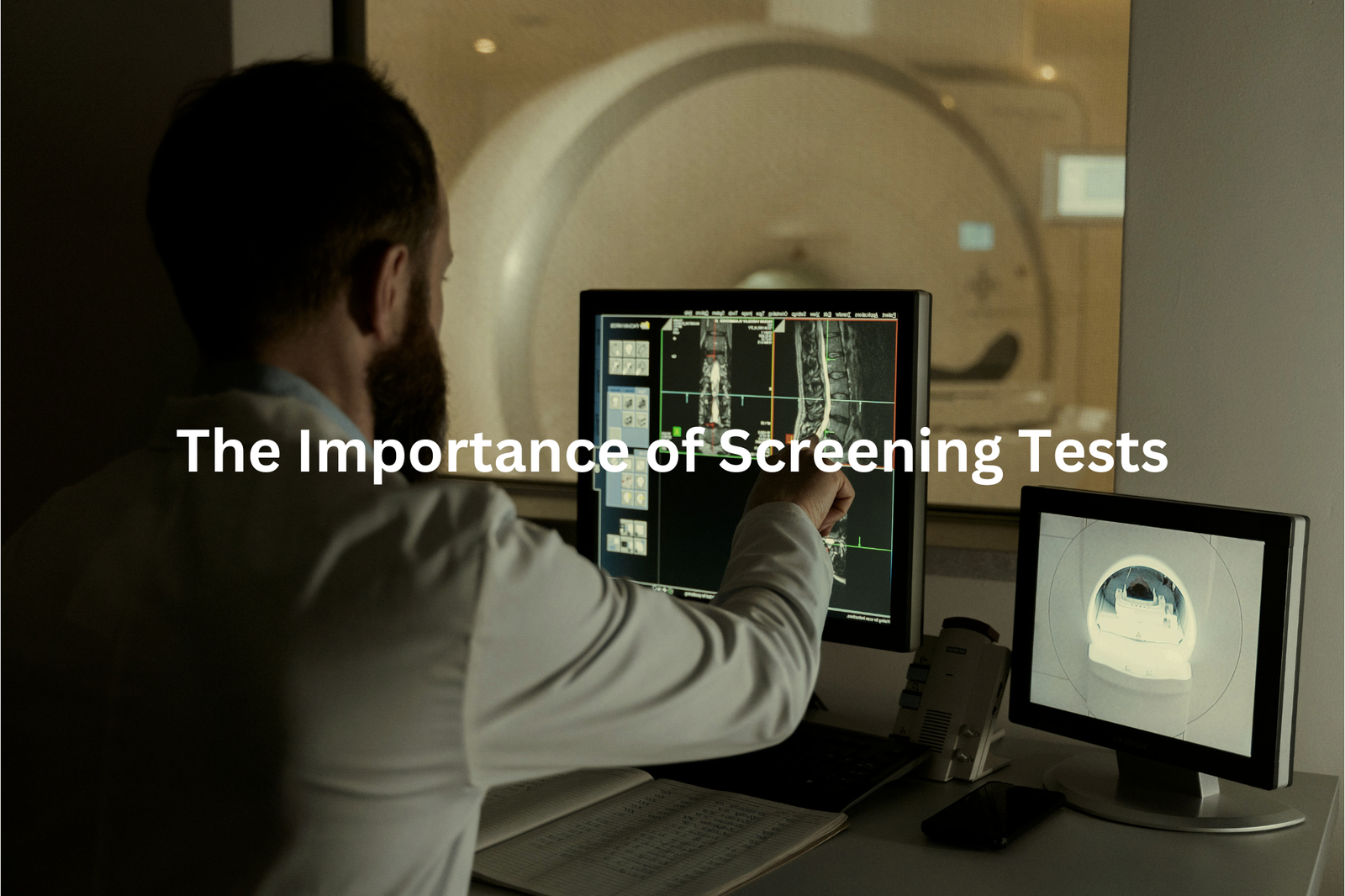
Screening tests are like maps for finding hidden problems in our bodies. They help spot issues before they grow into something worse. Sometimes, a person might feel perfectly fine, but there could still be something going on inside that they don’t know about. That’s why these tests are important for everyone, not just people who feel unwell. They work like a safety net, catching things like cancer early on.
Here’s the thing—if you catch a problem early, you can start fixing it sooner. That gives you a better chance of getting better. Take a mammogram, for example. It’s a type of X-ray that checks for breast cancer in women. If doctors find breast cancer early, they can treat it more easily. It’s a bit like noticing a small crack in a wall before it turns into a big hole.
For men, there’s the prostate exam. It’s a test that helps find prostate cancer early. And during regular check-ups, doctors often ask about family history. If someone in your family has had cancer, your doctor might suggest extra tests. These tests could even save your life. So, it’s worth having a chat with your doctor to make sure you’re not skipping these important tests. They’re like quiet little heroes, looking out for your health.
Advanced Imaging Techniques
Imaging techniques are kind of like magic windows that let doctors see inside our bodies without needing to cut us open. It’s pretty amazing when you think about it, and it’s much safer than surgery most of the time.
Here’s a quick list of the main ones:
X-Rays: These are like the go-to for bones. If you’ve ever broken an arm or a leg, you’ve probably had one. They’re also used to check for things like pneumonia or even some cancers. The images are black and white, and bones show up really bright.
MRIs (Magnetic Resonance Imaging): This one’s a bit more high-tech. It uses magnets and radio waves (not radiation like X-rays) to get super detailed pictures of soft tissues—like your brain, muscles, or even your heart. It’s a bit noisy, though. I had one done once for my knee, and it felt like being inside a drum, but it didn’t hurt at all.
Ultrasounds: These use sound waves to create pictures. It’s not just for pregnant women, though that’s what most people think of first. Doctors also use it to check organs like the liver, kidneys, or even your heart. I had one for my stomach when I was eating too much junk food, and it turned out I just needed to drink more water and eat better. No big deal.
These tools are lifesavers because they help doctors find problems early. Early diagnosis means you can get treated sooner, and that’s always a good thing. If you ever need one of these tests, just remember—it’s quick, painless, and it’s there to help you. Oh, and maybe bring a book if you’re getting an MRI; they can take a while!
The Role of Blood Tests
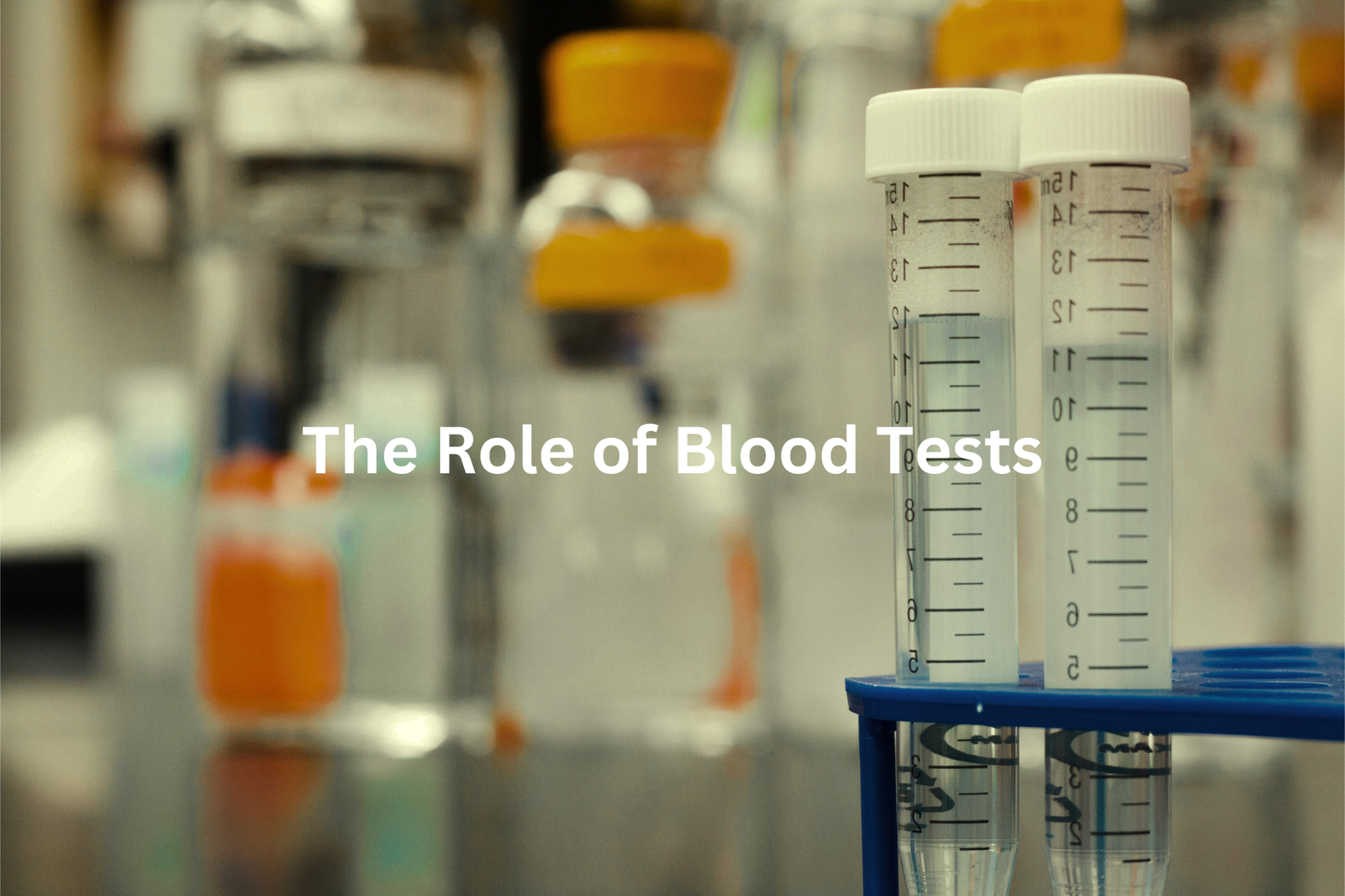
Blood tests are kind of like tiny detectives, aren’t they? They quietly work behind the scenes, searching for clues about what’s going on inside us. When doctors are trying to figure out if someone’s unwell, blood tests are often one of the first tools they use(2). They’re quick, straightforward, and can reveal a lot about our health—sometimes even things we didn’t know were happening.
Take cancer markers, for example. These are small substances that cancer cells might release into the blood. By looking for these markers, doctors can sometimes spot signs of cancer early. That’s a big deal because catching something early can make a huge difference.
Here are two common types of blood tests:
Complete Blood Count (CBC): This one’s like a basic check-up for your blood. It counts red blood cells, white blood cells, and platelets. If something’s off—like if you’re low on red blood cells—it might mean you’re anaemic or have another issue that needs looking into.
Tumour Marker Tests: These are more specific. They look for certain substances linked to cancer. For example, a marker called PSA (prostate-specific antigen) can help check for prostate cancer. But just because a marker shows up doesn’t always mean cancer—it’s more like a clue that needs further investigation.
What’s great about blood tests is they don’t need much—usually just a small vial or two. I remember when my cousin had her first blood test. She was so nervous, thinking it’d be painful, but it was over in less than a minute. And the results? They gave her doctor the info they needed to help her feel better.
Doctors use blood tests to track all sorts of things: infections, organ health, even how well treatments are working. It’s like having a window into your body without needing anything too invasive. If you ever feel unsure about your health, getting a blood test might be a good step. It’s simple and could give you (and your doctor) the answers you need..
Why Early Detection Matters
Source: 7News Australia.
I’ve been thinkin’ about how catching illnesses early can really change the story. It’s like spotting a problem before it grows too big to manage. When doctors catch something early—like lung cancer—there’s so much more they can do. More treatments, better odds. It’s a bit like fixing a leaky tap. Patch it up quick, and you’re sorted. But leave it too long, and suddenly you’ve got water everywhere. A mess.
Same goes for your health. Regular check-ups? They’re like your toolbox. They help spot the small stuff before it turns into a big issue. There are some signs you shouldn’t ignore, though. Things like:
- Losing weight without trying (and not in a good way).
- Changes in how you go to the loo.
- Bleeding or bruising that doesn’t make sense.
If you notice anything strange, even if it seems small, don’t just brush it off. Talk to a doctor. They’ve got the tools (and the know-how) to figure out what’s going on. Early detection? That’s the real game-changer.
The Future of Early Diagnostic Techniques
The future of early diagnostic techniques feels pretty exciting, doesn’t it? There’s this hum of progress—scientists working hard to help doctors find illnesses faster and with greater precision. And that could mean a lot for people everywhere. Better tools, better results, and, in the end, better care.
Take blood tests, for instance. Researchers are developing ones that might detect cancer early—like, way before you’d even notice symptoms. Picture this: a single vial of blood (about 5 millilitres, which is less than a teaspoon), and it could tell you if you’re at risk for certain cancers. That’s not just cool—it’s life-changing.
Then there’s artificial intelligence, or AI. It’s a fancy term, but really, it’s just smart computers helping out. For example, they can analyse scans like X-rays or MRIs to spot things doctors might miss. This could mean faster answers and fewer mistakes. I read about a system that can flag potential lung nodules in CT scans within seconds. Seconds! That’s wild.
These advancements aren’t just ideas—they’re happening. And they’re going to change how we think about healthcare. If you’re curious about this stuff (and I think you should be), keep an eye on the news. The next big breakthrough might be just around the corner.
FAQ
What are common imaging tests used for early cancer detection?
CT scans, along with other imaging tests like X-rays and MRI, can help detect cancer in its early stages. These tests can identify small tumours or changes in the body that may indicate the presence of cancer, even before any symptoms appear.
How can genetic testing help with early cancer diagnosis?
Genetic testing can identify specific gene mutations or genetic factors that increase a person’s risk of developing certain types of cancer. This information can guide early screening and monitoring, allowing for quicker detection and potentially better treatment outcomes.
What are some key factors that influence cancer screening and early diagnosis?
A person’s age, health history, and risk factors like family history or lifestyle can all impact the need for and timing of cancer screening tests. Working closely with a primary care provider is important to develop an individualised action plan for early cancer detection.
How do tumour markers and tissue samples help with early cancer diagnosis?
Analysing small amounts of blood, urine, or other bodily tissues can sometimes detect the presence of specific molecules or substances (tumour markers) associated with cancer. These tests, along with examining tissue samples, can provide important clues for diagnosing cancer in its earliest, most treatable stages.
What are some of the benefits of early cancer detection and diagnosis?
Catching cancer early, before it has a chance to grow and spread, can significantly improve a patient’s chances of successful treatment and long-term health outcomes. Early diagnosis may also mean less invasive or intense treatment is required, leading to better quality of life for cancer patients.
Conclusion
Early tests like CT scans, blood tests, and imaging tools are really important for finding diseases like cancer early. They let doctors look inside our bodies and catch issues before they become serious. Regular check-ups and knowing warning signs are key. If you feel something’s off, don’t hesitate. Speak to a doctor; they can help you. Remember, spotting problems early can change everything, making these tests and check-ups
References
- https://www.sciencedirect.com/topics/nursing-and-health-professions/early-diagnosis
- https://www.sysmex.co.jp/en/stories/value-of-blood-testing.html

